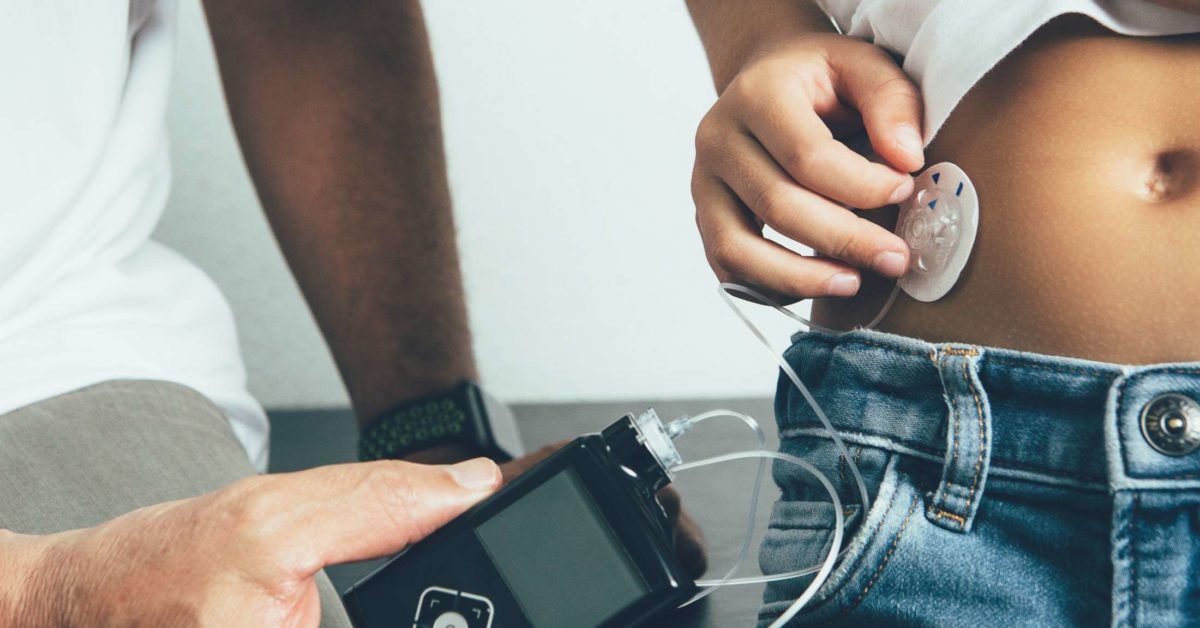Amity Island
Well-Known Member
- Relationship to Diabetes
- Type 1
This article looks at ways of assessing how much additional insulin a person with type 1 diabetes needs in order to adjust their insulin dose to stay healthy. It also looks at ways of managing blood glucose levels when a person has type 2 diabetes.
Insulin sensitivity factor, or correction factor, refers to the number of milligrams per deciliter (mg/dL) by which blood sugar levels fall when a person takes 1 unit of insulin.
A person with type 1 diabetes can use this number when deciding how much insulin they need to keep their blood sugar levels within the target range.
They will usually add this amount to their existing premeal insulin dose. The amount will depend on how much higher the person’s blood sugar level is, compared with their target.
A person will work with their doctor to fix their personal target blood sugar levels.

 www.medicalnewstoday.com
www.medicalnewstoday.com
Insulin sensitivity factor, or correction factor, refers to the number of milligrams per deciliter (mg/dL) by which blood sugar levels fall when a person takes 1 unit of insulin.
A person with type 1 diabetes can use this number when deciding how much insulin they need to keep their blood sugar levels within the target range.
They will usually add this amount to their existing premeal insulin dose. The amount will depend on how much higher the person’s blood sugar level is, compared with their target.
A person will work with their doctor to fix their personal target blood sugar levels.

Insulin sensitivity factor: What is it and how to test for it?
Insulin sensitivity factor is a measurement that describes how taking 1 unit of insulin affects blood sugar levels . It can help a person with type 1 diabetes regulate their blood sugar levels. Learn more about what insulin sensitivity factor is, who should test and when, and what the results mean.
 www.medicalnewstoday.com
www.medicalnewstoday.com
